Total Items: 0
Sub Total: $0.00
It’s a physically and mentally demanding activity that requires proper preparation and equipment. However, not all mountains are suitable for beginners, and choosing the right peak can make a huge difference in the overall experience. In this article, I will discuss three peaks that I think are perfect for beginner mountaineering expeditions: Yala Peak, Kilimanjaro, and Island Peak.
Located in the Langtang region of Nepal, Yala Peak is a popular choice among beginner mountaineers due to its relatively low altitude and moderate difficulty level. The peak stands at an elevation of 5,500 meters and offers stunning views of the Langtang range and even a glimpse into Tibet with views of Shishapangma (8,027m) from the summit. For a full, in-depth climbers guide, you can read my Yala Peak Guide.
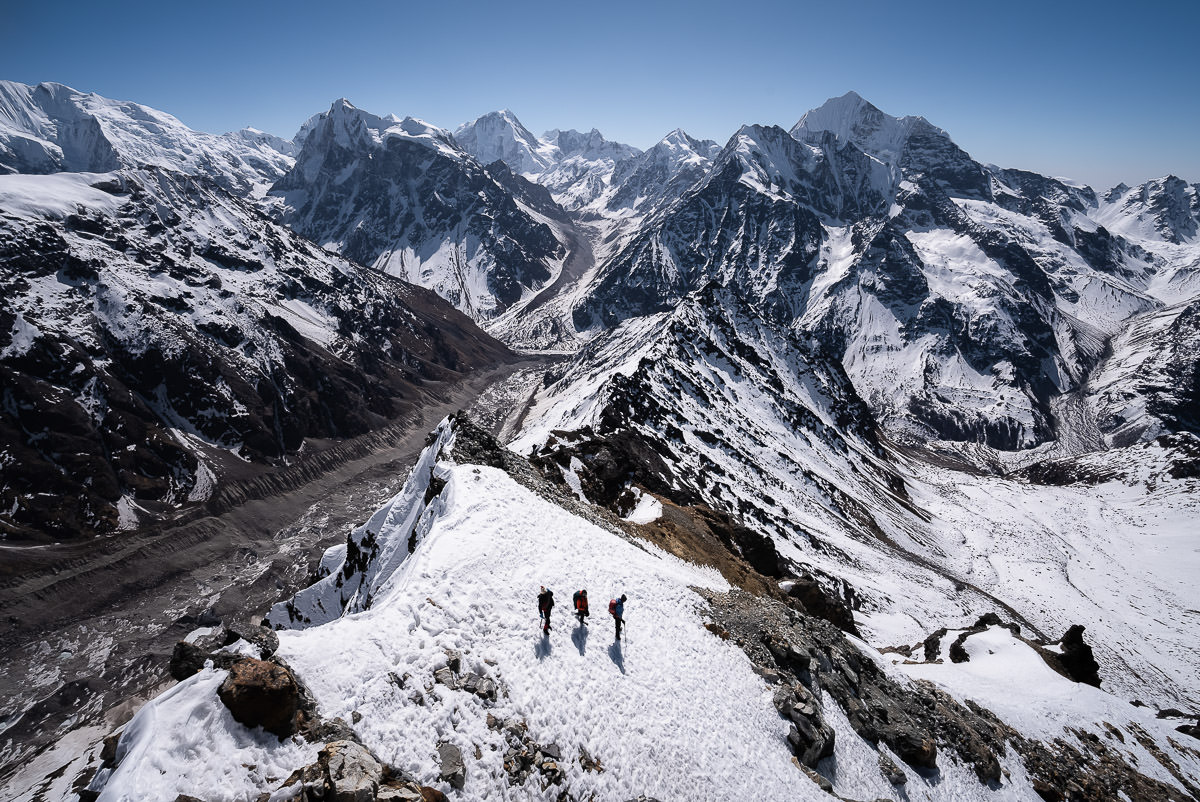
Yala Peak is located in the Langtang region of Nepal, which is a seven-hour drive from Kathmandu. The peak stands at an altitude of 5,500 meters.
The best time to climb Yala Peak is during the autumn season (September to November) and the spring season (March to May) when the weather is relatively stable.
Yala Peak is considered a moderately difficult climb and is suitable for beginner mountaineers with some previous trekking experience. During the warmer months, climbers may encounter very little or no snow. However, during the winter or early spring, the snow can be very deep depending on the winter snowfall.
Before attempting to climb Yala Peak, it is recommended to undergo basic mountaineering training and to be physically fit. The necessary equipment includes warm clothing, mountaineering base layers, sturdy boots, down jacket, waterproof shell jacket, sleeping system, head lamp.
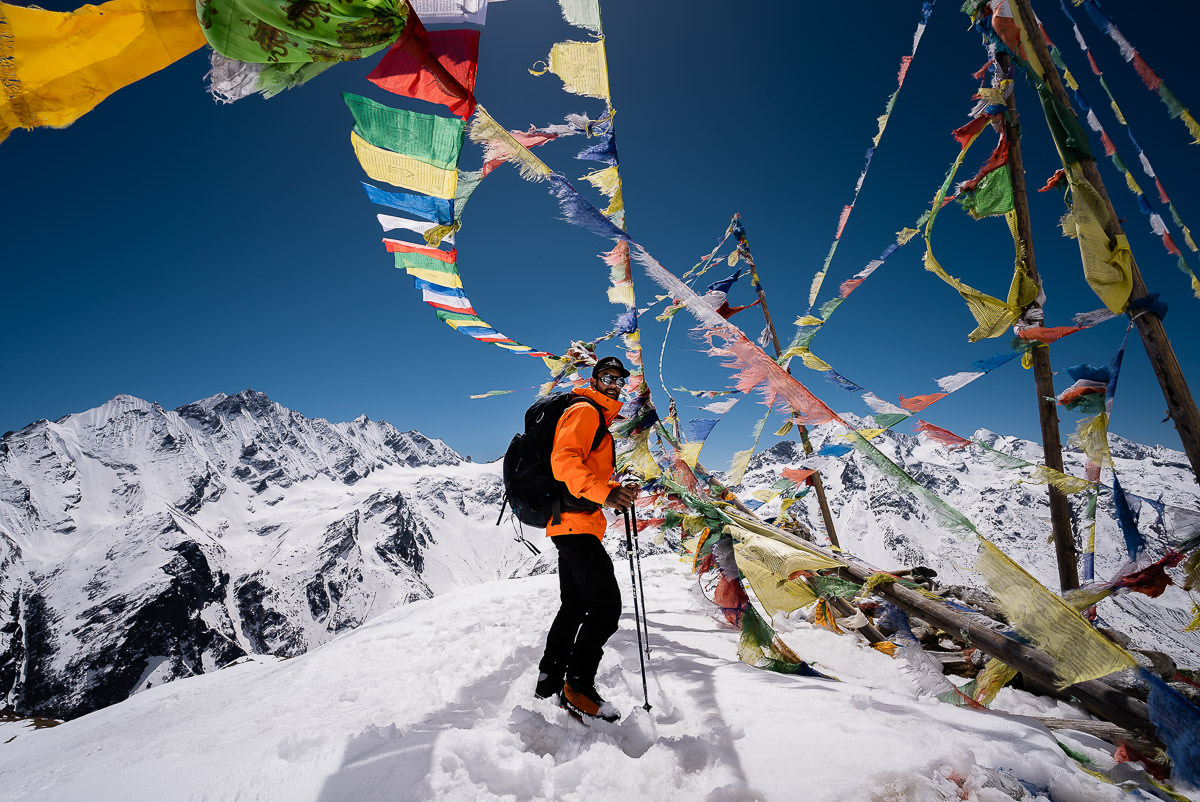
Located in Tanzania, Kilimanjaro is the highest free-standing mountain in the world and is a popular choice among beginner mountaineers due to its accessibility and relatively low difficulty level. The peak stands at an elevation of 5,895 meters and offers stunning views of the African savanna. For a full, in-depth climbers guide, you can read my Mount Kilimanjaro Guide.
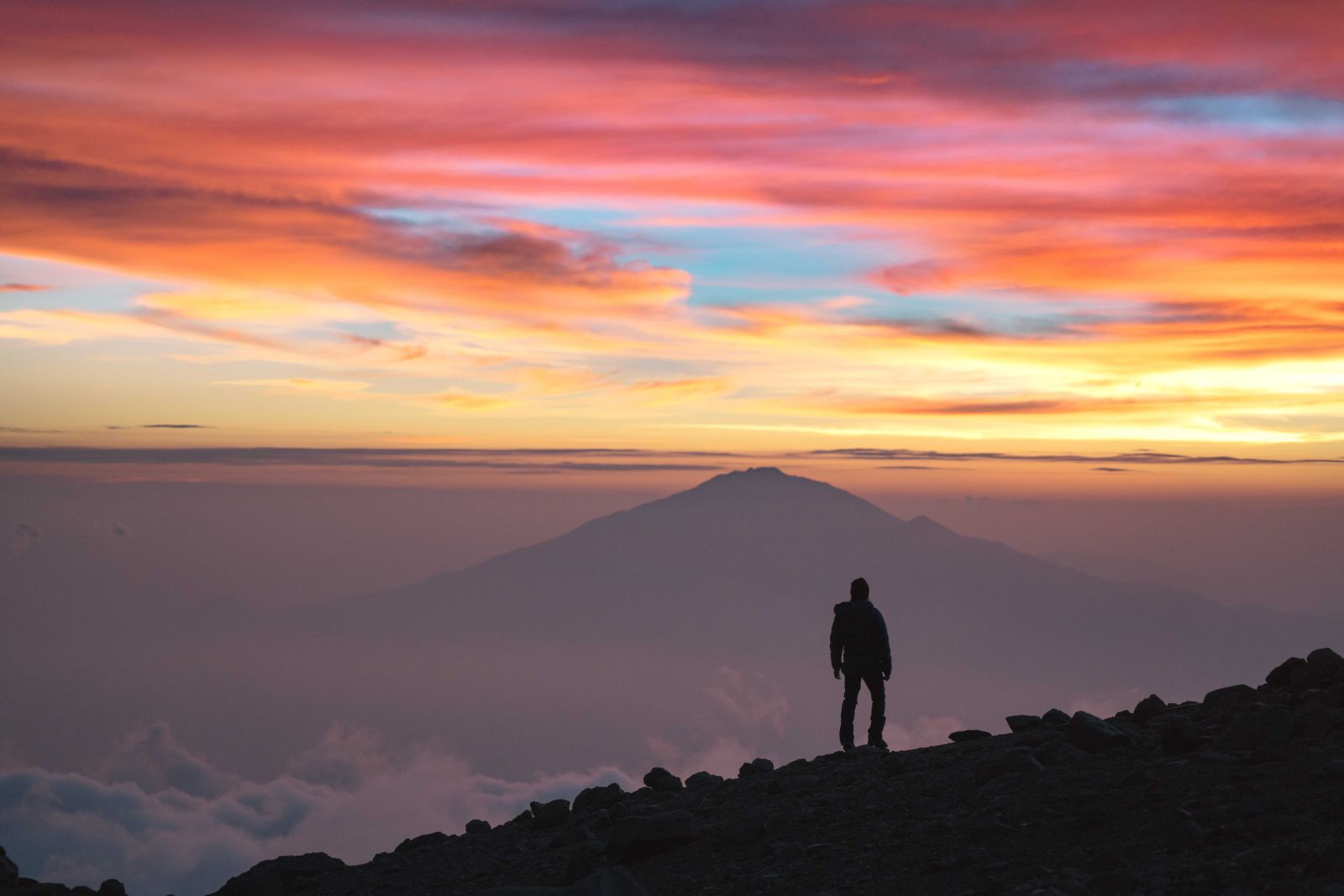
Kilimanjaro is located in Tanzania, East Africa, and stands at an altitude of 5,895 meters.
The best time to climb Kilimanjaro is during the dry season, which is from June to October and from December to February.
Kilimanjaro is considered a moderately difficult climb and is suitable for beginner mountaineers with some previous trekking experience. The climb is known as a trekking peak with snow only on the summit of the mountain during winter months. Most months of the year, the trek can be completed in regular trekking shoes and hiking poles with no need for crampons or advanced mountaineering gear. The toughest part of this mountain is acclimatizing quickly to reach the heights of almost 6000m.
Before attempting to climb Kilimanjaro, it is recommended to be a strong hiker and trekker and have done some 4000m+ treks previously. It is advised to warm up on Mount Meru, which is a volcano hike in Tanzania nearby. The necessary equipment includes waterproof trekking, boots trekking poles, mountaineering layers, a waterproof shell jacket, a summit jacket and gloves. Trekkers will not need advanced equipment such as helmets, ice axes, crampons, harnesses and mountaineering boots for this expedition. Given the minimal gear required compared to other peaks of its altitude, Mount Kilimanjaro is one of the cheapest peaks to prepare for when it comes to gear.
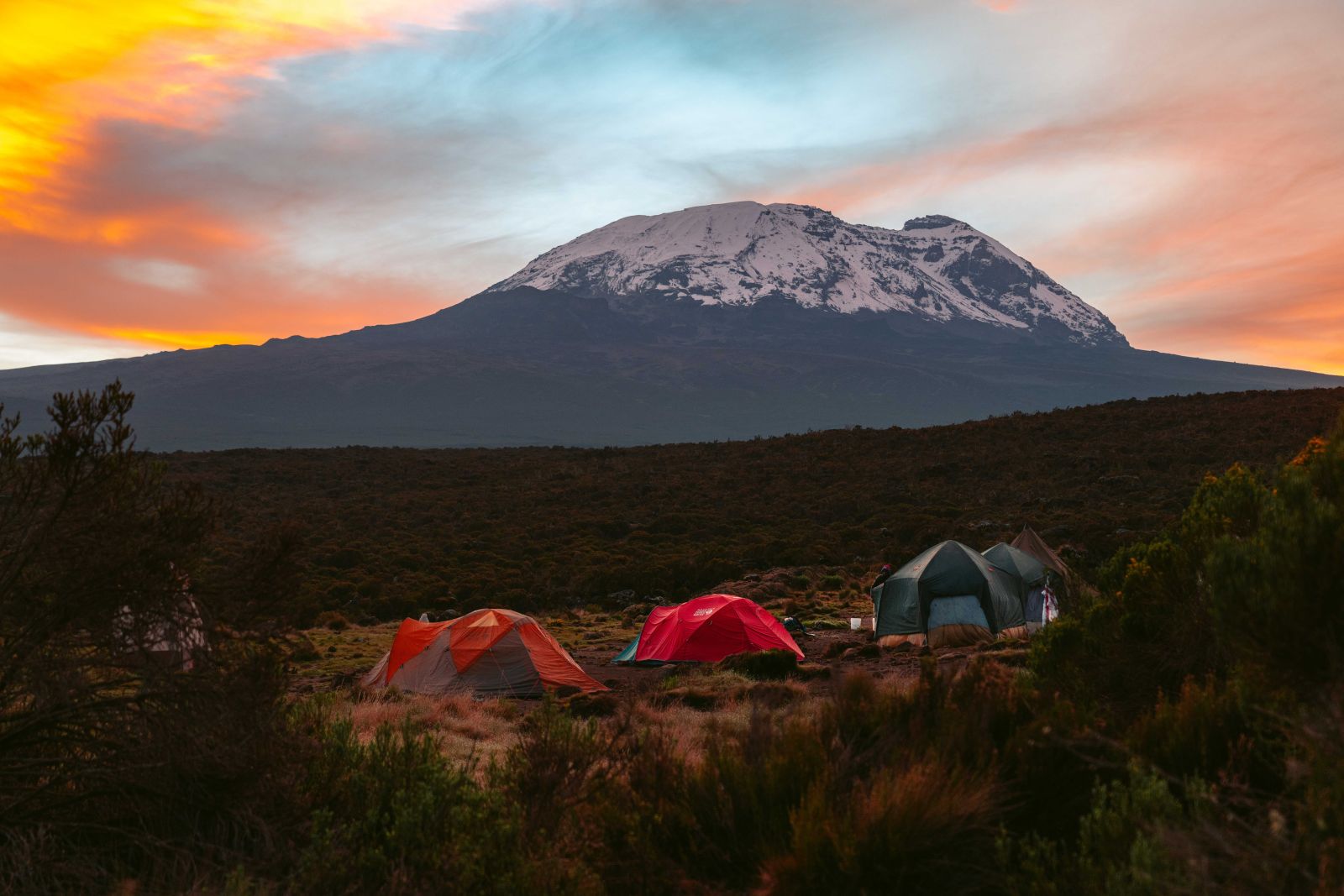
Also known as Imja Tse, Island Peak is a popular choice among beginner mountaineers due to its accessibility and moderate difficulty level. The peak is located in the Khumbu region of Nepal and stands at an elevation of 6,189 meters. For a full, in-depth climbers guide, you can read my Island Peak Guide. This is the hardest of the three climbs I’ve suggested in this article but definitely possible for beginners who have trekking experience and have good fitness.
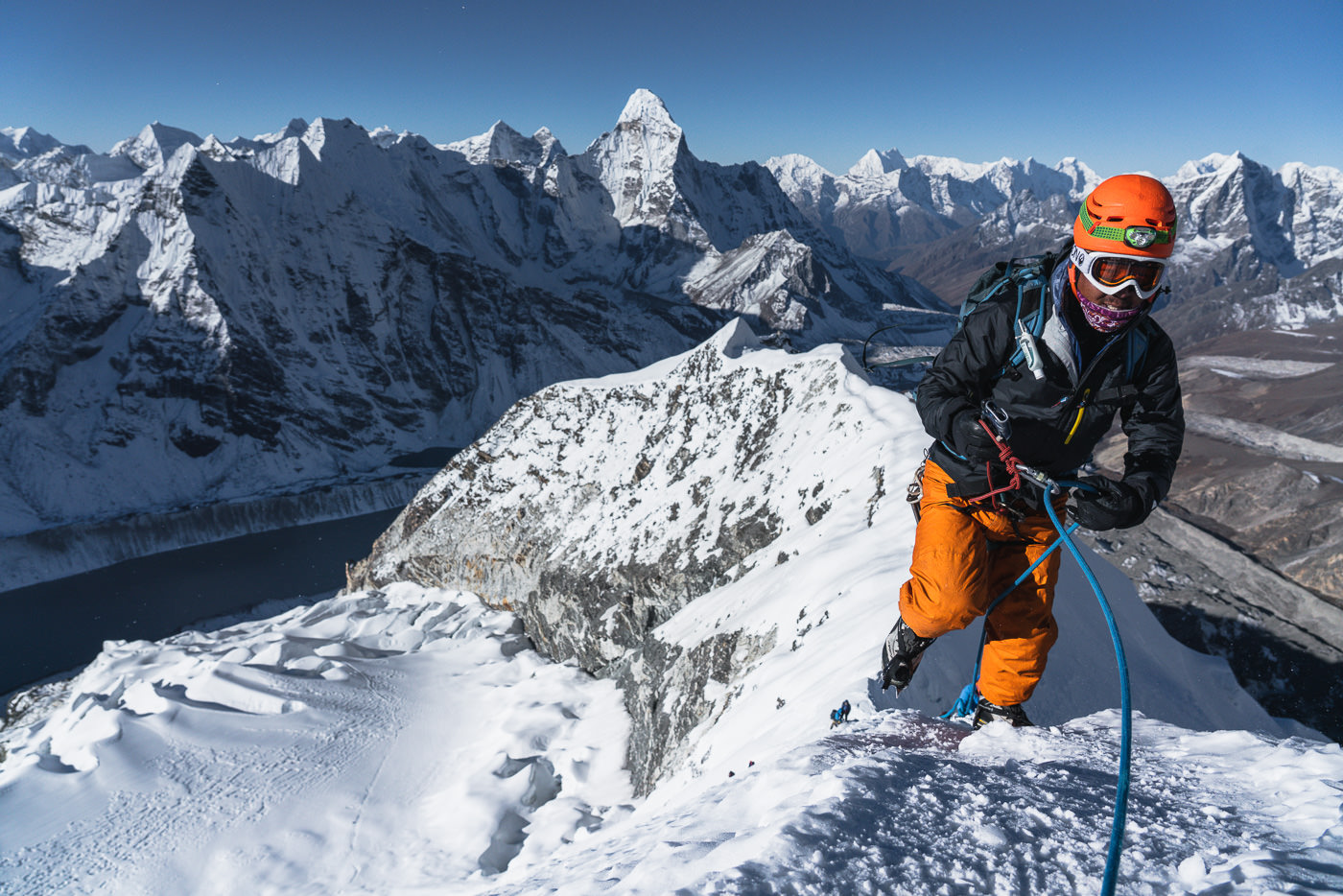
Island Peak is located in the Khumbu region of Nepal, near the Everest Base Camp. The peak stands at an altitude of 6,189 meters.
The best time to climb Island Peak is during the autumn season (September to November) and the spring season (March to May) when the weather is relatively stable and the skies are clear.
Island Peak is considered a moderately difficult climb and is suitable for beginner mountaineers with some previous trekking experience. The climb involves a mix of hiking and basic mountaineering techniques such as ice axe and crampon use. You will need to scale a steep wall just below the summit that requires a jumar on the way up and rappelling equipment on the way down. A basic understanding of this equipment is necessary before the climb.
Before attempting to climb Island Peak, it is recommended to undergo basic mountaineering training and to be physically fit. The necessary equipment includes 6000m mountaineering boots, an ice axe, mountaineering layers, waterproof shell jacket, crampons, a harness and a summit jacket.
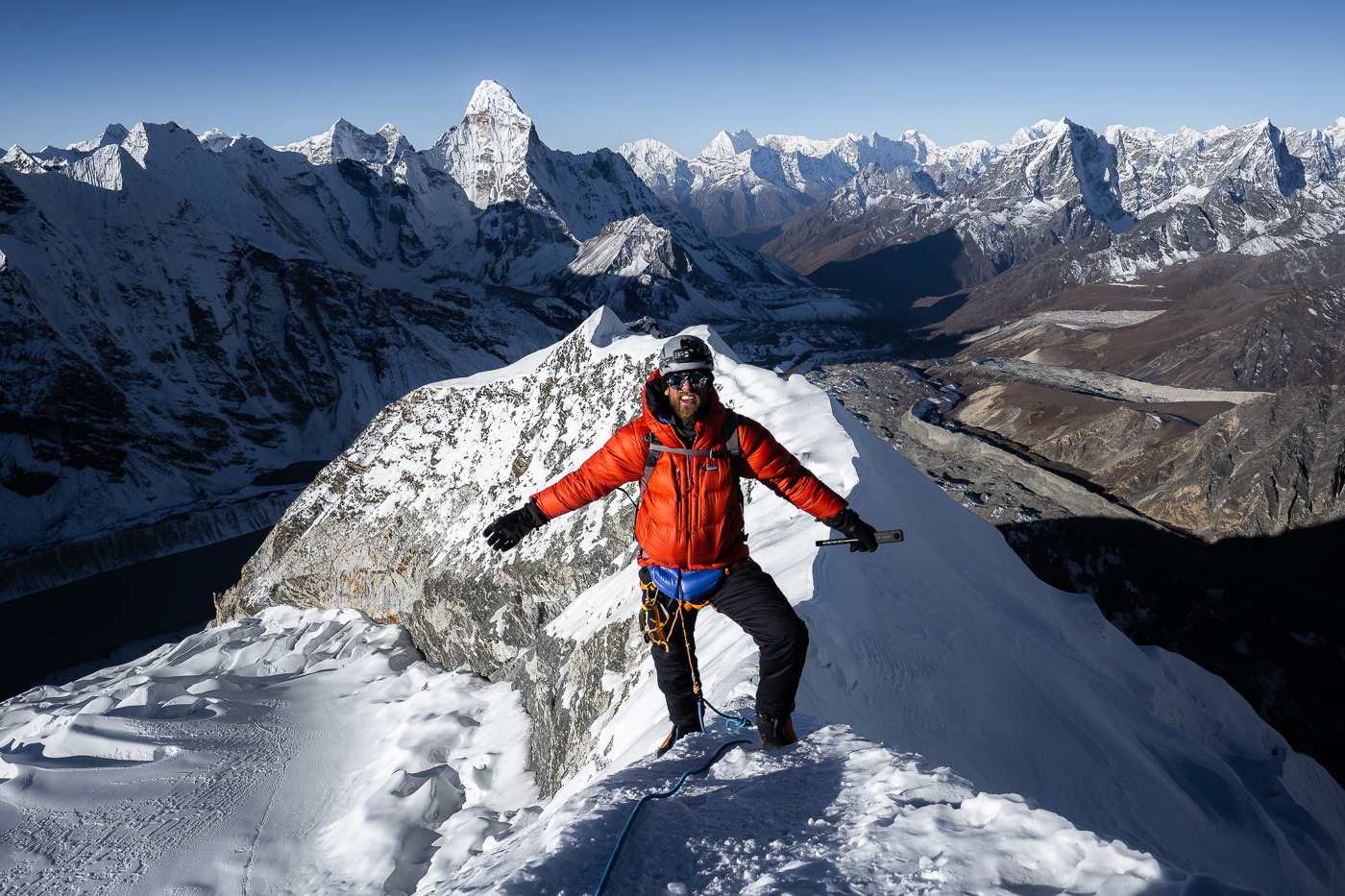
Before embarking on a beginner mountaineering expedition, it is important to prepare yourself physically and mentally. Here are some tips that can help you have a successful climb:
Climbing a mountain requires a lot of physical exertion, so it is important to be in good shape. Build up your endurance by hiking and trekking. You can also take a beginner mountaineering course or practice rock climbing to gain a basic understanding of ropes, knots, and how to use your legs, arm, and core to climb.
Mountaineering is not just a physical challenge, but a mental one as well. Prepare yourself mentally by visualizing the climb and mentally rehearsing different scenarios. Be prepared to endure uncomfortable situations of fatigue, severe cold and obstacles along the way.
Acclimatisation is the process of adapting to high-altitude environments. It is important to allow your body to adjust to the altitude by taking rest days and gradually increasing your altitude. Altitude sickness is the number one enemy of mountaineers and if you don’t acclimatise slowly enough, you may find yourself suffering with headaches, nausea and other symptoms.
Mountaineering is a team effort, so it is important to communicate effectively with your fellow climbers and work together to overcome obstacles.
Choosing the right mountain can make a huge difference in the overall experience of a beginner mountaineer. Yala Peak, Kilimanjaro, and Island Peak are all great options for those who are new to mountaineering. By following the tips mentioned above and properly preparing yourself, you can have a successful and memorable climb.
A Waterproof Shell Jacket is an essential piece of gear for mountaineering as it provides protection against wind, rain, and snow. The jacket is made of a waterproof fabric, which helps to keep you dry in all conditions. Its durability and versatility make it an important investment for any mountaineer.
My choice: The North Face Summit Chamlang Futurelight Jacket
A headlamp is a critical piece of gear for mountaineering as it provides hands-free lighting in low-light conditions, allowing climbers to navigate safely and efficiently. Its compact size and lightweight design make it easy to pack and carry, while its powerful LED bulbs ensure long-lasting and reliable illumination. A headlamp is a must-have for any mountaineer, especially during early morning starts or late-night ascents.
My choice: Petzl Swift RL 900 Lumens Headlamp
A lightweight climbing harness is a crucial piece of gear for mountaineering as it provides a secure attachment point for ropes and other safety equipment. Its low weight and compact size make it easy to carry on long approaches, while its sturdy construction and comfortable design allow for extended periods of use. A quality climbing harness can mean the difference between a safe and successful climb or a dangerous and risky ascent.
My choice: Mammut Zephir Altitude Harness
Mountaineering 6000m boots are an essential piece of gear for mountaineering as they provide warmth, protection, and support in high altitude environments. While they may not be necessary for Kilimanjaro, they are essential for Island Peak and Yala Peak (in early Spring). Their waterproof and breathable construction helps to keep feet dry and comfortable, while their durable materials provide reliable protection against the elements. I’ve used my 6000m Scarpa Phantom boots on Ama Dablam, Kilimanjaro, Spantik, Yala Peak, Snow Lake and many other expeditions. The boots' high-altitude performance and technical design make them a go-to choice for serious mountaineers tackling challenging ascents.
My choice: Scarpa Phantom 6000m Boots
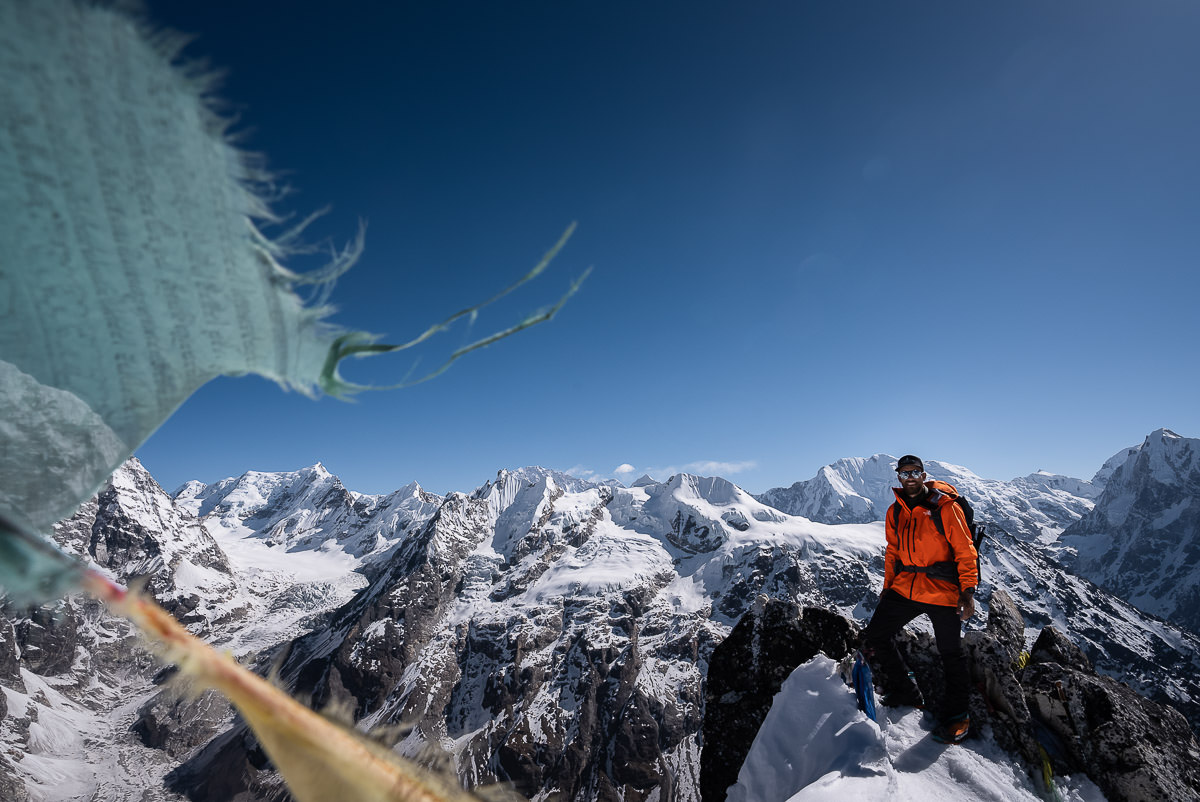
Additional photos contributed by Pema Chinyam
Still not sure what gear you need for your next mountaineer expedition? Chat with our friendly team of Outdoor Gear Specialists in-store or online today and don’t forget to share your adventures with us on Instagram by tagging @wildearthaustralia and #mywildearth in your next post.
About the contributor:
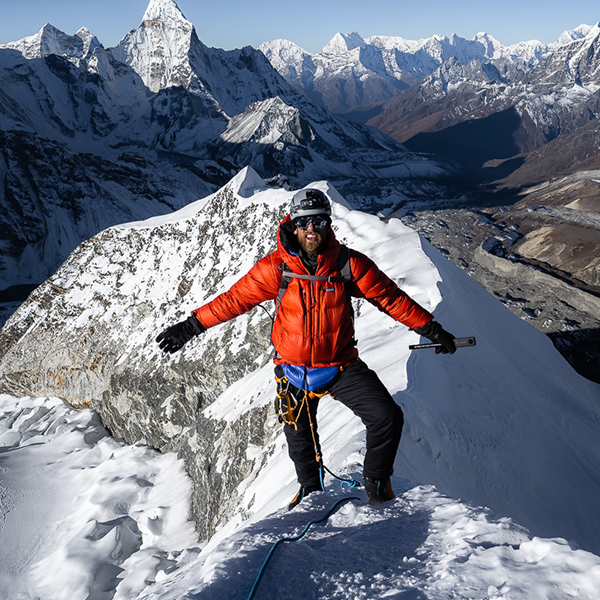 I’m Jackson, an Australian adventure traveller who has been on the road for eight years now. After graduating with a journalism degree, I set off to explore the world while creating adventure travel guides featuring hikes, waterfalls, beaches & adrenaline activities. I hope my travels give you the motivation to set off on an epic adventure of your own. Follow my adventures on Instagram.
I’m Jackson, an Australian adventure traveller who has been on the road for eight years now. After graduating with a journalism degree, I set off to explore the world while creating adventure travel guides featuring hikes, waterfalls, beaches & adrenaline activities. I hope my travels give you the motivation to set off on an epic adventure of your own. Follow my adventures on Instagram.